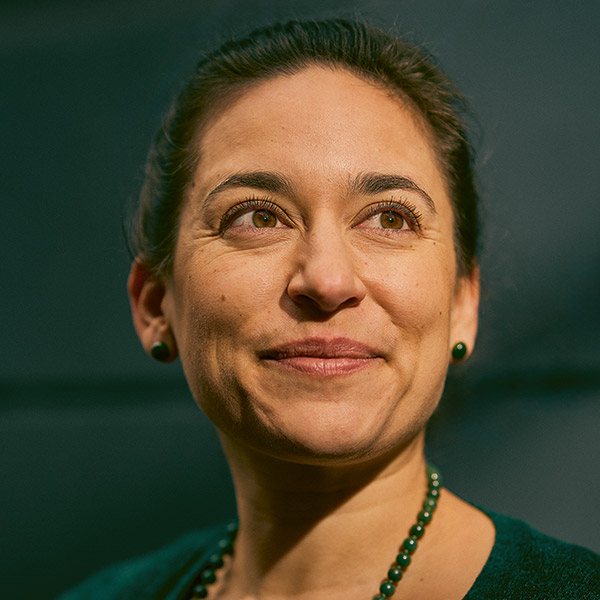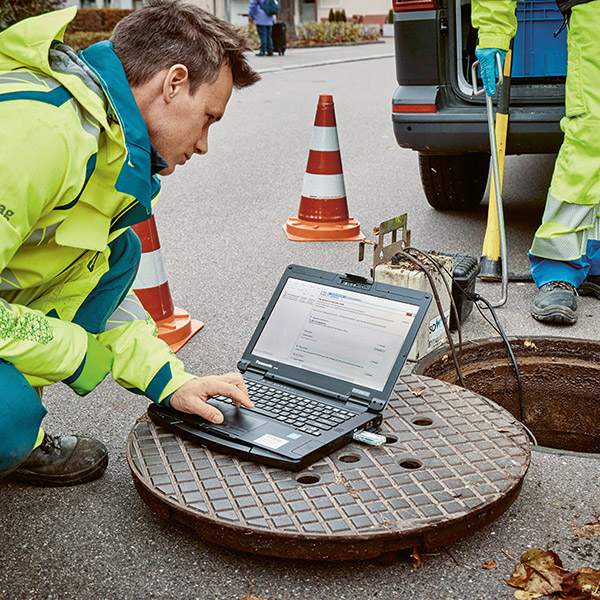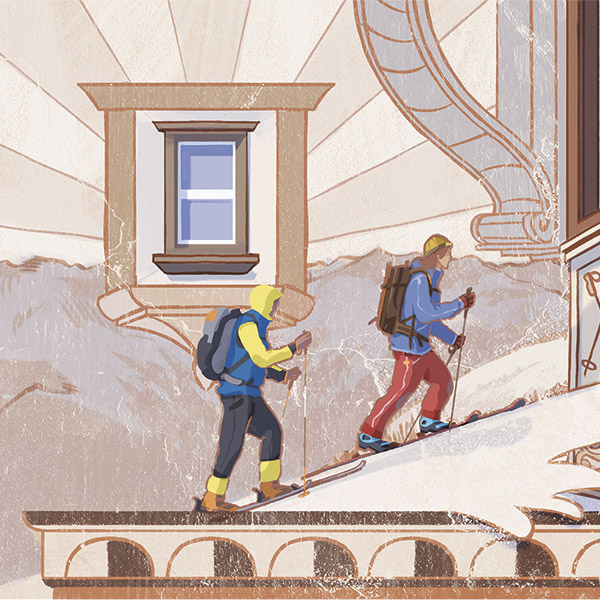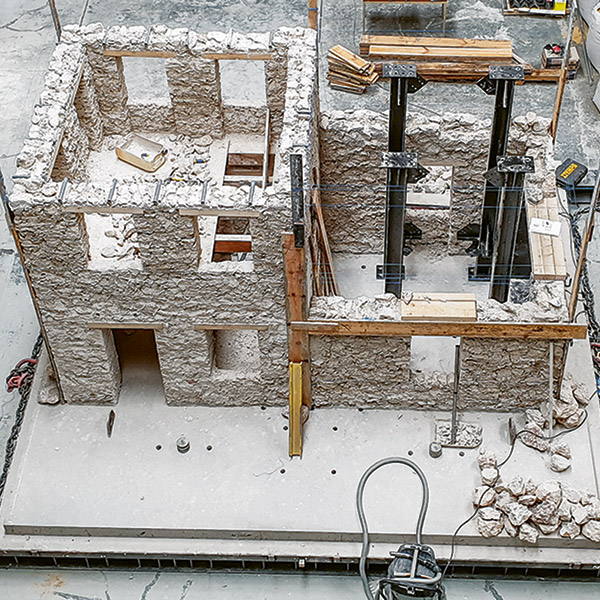IN THE PICTURE
Deep in the neocortical forest
“Wow, we really do cool stuff, don’t we!” Nicolas Antille has used research, technology and design to create an image that enthrals researchers and the public alike.
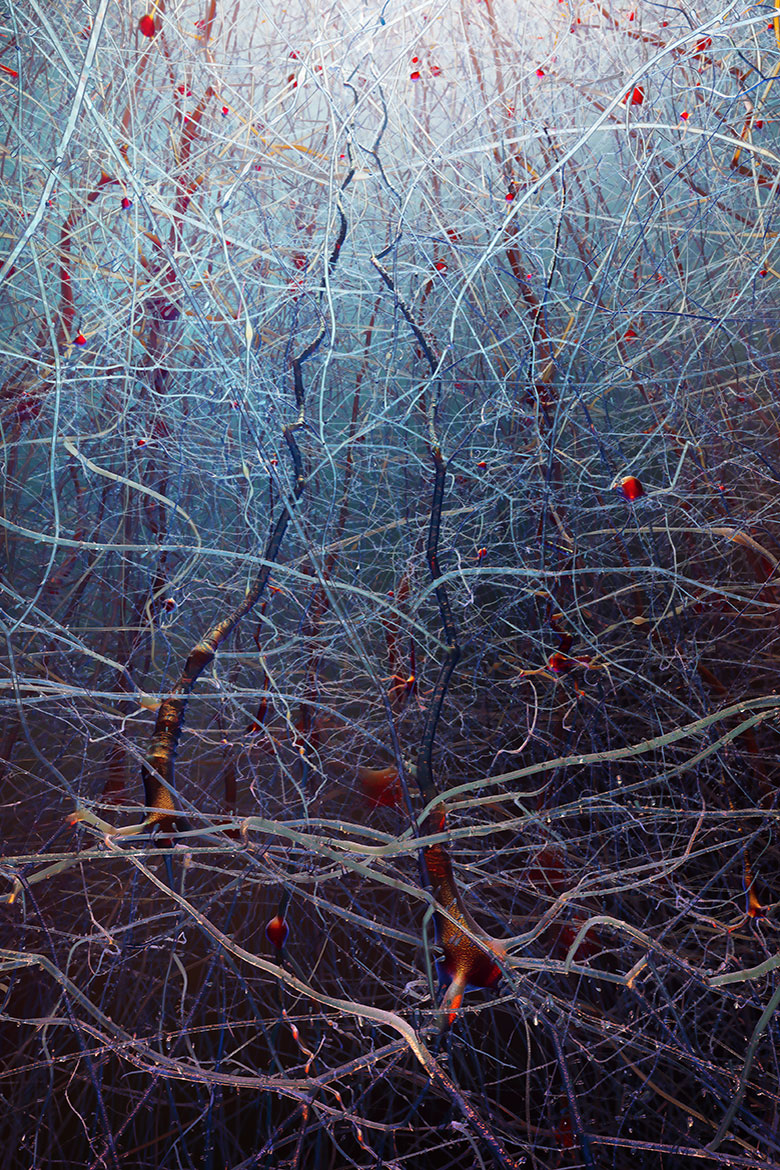
Jackson Pollock? No, the neurons in the brain of a mouse. To reveal their full beauty, their density had to be reduced. | Photo: Nicolas Antille EPFL
It’s like an underwater jungle full of coral with the most delicate offshoots and branches. But this is not a photographic record of a diving expedition: it’s a visualisation of a neocortical forest. Nicolas Antille, an engineer at EPFL, created it from a computer simulation of a mouse’s brain. It has now won him the Audience Award at the SNSF Scientific Image Competition, having been deemed the best of all the images submitted over the past five years. “This prize is the best thing I could have wished for”, says Antille.
He specialises in scientific visualisations, combining the results of research with technology and design. “It’s very important to me to make science accessible without blanking out the complexity of the material”, he says. He worked on his ‘neocortical forest’ for some two weeks. “This image is the last link in a chain of activities by many different researchers”, he explains. Some recorded individual neurons, others measured neocortical activity, while others created atlases of neurons that are like a map of the brain. First, Antille used a program he has developed himself to convert the given data into 3D reconstructions of the neurons. Then the artist in him came to the fore: “In the visual implementation, I am inspired by Renaissance art and its colours, light and contrasts”. He had to reduce the density of the cells, because “if I were to show all the neurons, the result would be a wall – you’d never see the beauty and the architecture of them”.
As a rule, researchers use visualisations as an instrument to check their models. But Antille also wants to use them to tell a story that can reach as many people as possible. “A lot of people have a problem with this: They are engaged in fantastic research, but don’t know how to show it. The initial reaction of the researchers to my image was: ‘Wow, we really do cool stuff, don’t we!’”

